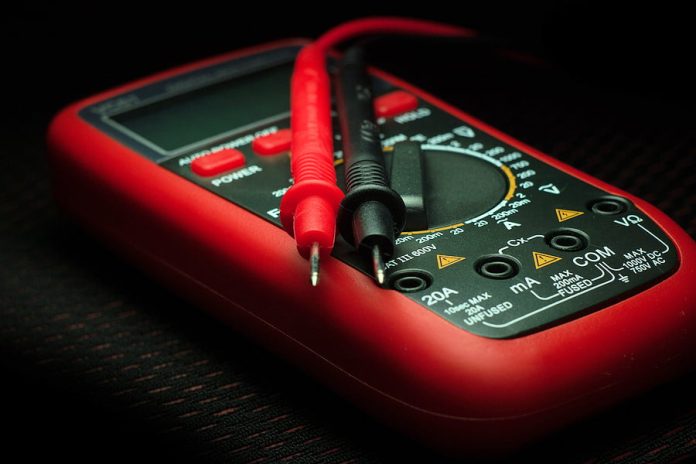One of the hardest things for any technician to guarantee is that troubleshooting test results don’t include errors caused by the sum of miscalculations, mistakes and strange ambient conditions.
For instance, if you’re measuring EMI, you need to make sure that ambient noise (equipment under test turned off) is 5-6dB lower than the EMI presence being tested for. Another issue is making sure transducer factor has been calculated when you start drawing your conclusions.
It would also be a problem if broadband EMI carries a narrowband EMI signal, the result being that you’ll overestimate amplitude. You’d also need to look out for things like selecting the wrong bandwidth, using a scan-rate that’s too fast, using the wrong detection tool, and EMI and ambient signals that add up in signal bandwidth.
It’s not just an antenna or zone loop that’s going to impact on transducer budget. What about your current probe? What about test connections? Sensors running on the same loop? In addition, a messy connection can make measured results unpredictable.
You also need to make sure the test equipment has a dynamic range capable of measuring the values you expect to find on the tested circuit. An installation may include trouble conditions you don’t find because you are unable to establish whether or not they are there.
Avoiding errors caused by misuse or failure of test instruments presents challenges that depend on your test equipment, the technology being tested and the current and past environment in which a system was installed.
#sen.news #SEN #SENnews











